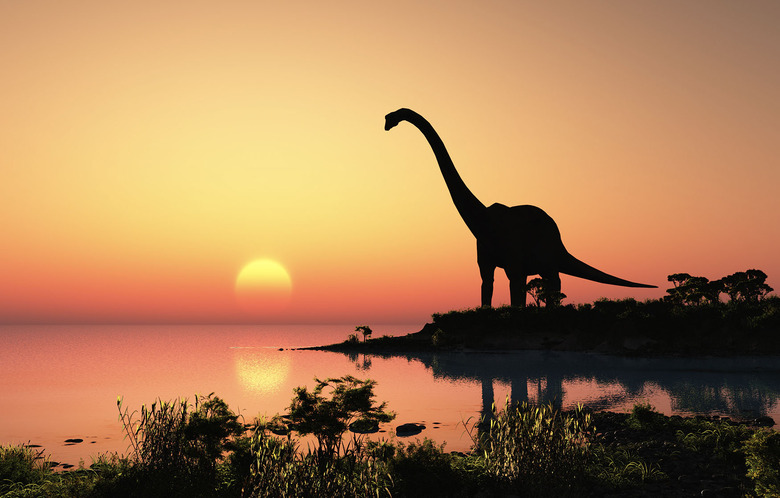We Might Finally Know How Dinosaurs Had Sex
- Dinosaur bones have told scientists a lot about how the ancient animals lived, hunted, and died, but reproduction has remained largely a mystery.
- A new fossil from China provides such an incredibly well-preserved look at the dinosaur's hindquarters that it shows the orifice that was likely used for expelling waste as well as for mating.
- This discovery only shows how this particular dinosaur species likely mated.
Despite the fact that they lived tens of millions (and in some cases, hundreds of millions) of years ago, we know a surprising amount about dinosaurs. That's thanks in large part to the fact that they left plenty of bones behind for us to find, study, and make educated guesses about.
But while hard bones are the most durable and long-lasting remnants of dinosaurs left today, soft tissue is much harder to come by. Because of that, understanding more complex behavior like mating has been a huge challenge. Now, a new fossil from China is helping to open the eyes of scientists and offer clues as to how one species (and perhaps other) dinosaurs pooped, peed, and reproduced.
In a new paper published in Current Biology, a research team examining a fossil from China explains that its soft tissue provided a wealth of detail on the dinosaur's hindquarters. There, they were able to identify the orifice through which the dinosaur urinated, defecated, and likely mated. This singular opening is known as a cloaca, and it's common in birds today, which are the closest living relatives to the dinosaurs.
"I noticed the cloaca several years ago after we had reconstructed the colour patterns of this dinosaur using a remarkable fossil on display at the Senckenberg Museum in Germany which clearly preserves its skin and colour patterns," Dr. Jakob Vinther, lead author of the study, said in a statement. "It took a long while before we got around to finish it off because no one has ever cared about comparing the exterior of cloacal openings of living animals, so it was largely unchartered territory."

In this case, the cloaca of the dinosaur species in question, a Psittacosaurus, appears to indicate that the animals had a singular opening for bodily functions and reproduction, but they likely didn't mate like birds do today. Modern birds mate by pressing their cloacal openings together, but that likely wasn't possible for these dinosaurs, suggesting that males of the species had penises hidden within their cloacas. Unfortunately, the organs inside of the opening haven't been preserved in the fossil, making it impossible to know whether this particular animal was a male or female.
There's still a lot we don't know about how dinosaurs reproduced. This discovery is merely a single data point representing one species from a single point in time. As more and more fossils begin to tell a clearer story of how dinosaurs lived, we may one day have a better idea of what dinosaur mating looked like, and how different species "did it."
